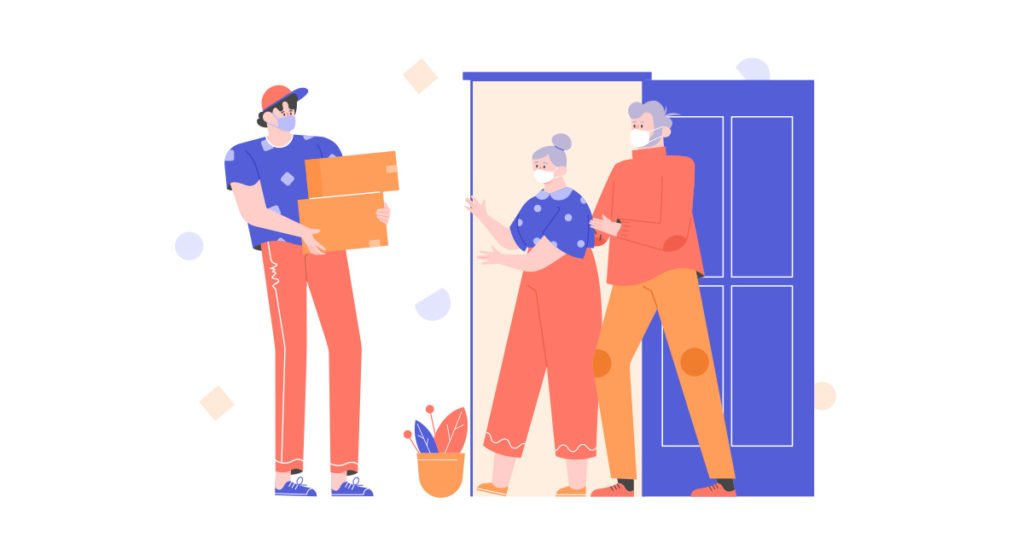In 2017 Facebook introduced its Community Help feature providing users with a central source for searching and receiving help during times of crisis including natural and man-made disasters. To further lend its support to COVID-19 relief efforts, the company is expanding the feature marking the first time Community Help will go global and its first use case for a health pandemic.
Prior to an official rollout, Facebook tested Community Help for a select group of U.S. cities. Those included in the test group shared requests for extra medical supplies for local hospitals while others offered free assistance including donating their time to provide meals or leading virtual workouts as people try to reshape their fitness routines while gyms remain closed.
NAVIGATING THE PLATFORM
The Community Help section can be accessed directly, existing as its own destination with the broader release. It is also accessible through the pre-existing COVID-19 Information Center sitting on top of the news feed. Since its release, more than 1 billion users have relied on the Information Center for updates shared by government and health authorities as well as curated content from politicians, journalists, and other public figures.
Posts can be filtered by either those requesting or offering help. A nice perk? You can get as granular as you need. Facebook incorporated specific categories including baby supplies, food, toiletries, business support, or transport. You can also post, comment, or reply to threads either as an individual or a Facebook Group and have the option of replying privately. More specifically, you can set a preferred contact method — either Messenger or WhatsApp — or share the update more broadly with a regular Facebook post to your timeline.

FUELING FUNDRAISERS
As part of the Community Help hub, Facebook is looking to amplify fundraising efforts by matching donations up to $10 million for fundraisers. The company is working with two particular groups — the UNF/WHO COVID-19 Solidarity Fund Facebook Fundraiser and the Combat Coronavirus with the CDC Foundation Facebook Fundraiser. Down the line, Facebook hopes to open this allowing people to seek out and donate to nonprofit fundraisers central to their communities.
HELP MAP VS. COMMUNITY HELP
On the heels of this news, an evolving question becomes how does Facebook’s update stack up with its competition including neighborhood social network Nextdoor?
Two weeks ago Nextdoor unveiled its ‘Help Map.’ Similarly to Facebook’s Community Help, the core functionality allows people to list themselves as being able to provide assistance to someone in need. However, Facebook’s hub takes this notion to the next level by giving people the chance to input requests as well as post when they’re looking to help. It also takes into account deeper technology integration as it builds on Facebook’s earlier efforts with Crisis Response, which connected multiple tools in one place.
‘HOW CAN I HELP?’
Following the lead of its parent company, Instagram is also acting on opportunities to make it easier for people to request or offer Help in their communities.
The platform introduced a new sticker question for Stories called ‘How can I help?’ stemming from a Twitter request shared by Musa Tariq, Global Head of Marketing, Airbnb Experiences. Originally, the question sticker on Instagram Stories defaulted to “Ask me a question”, but is now being replaced with the new text in the hopes that it will enable more people to stay connected and support one another in these difficult times.

If you’re looking to use the new sticker yourself you can access it in the app’s Stories section. A second way to access the sticker is by tapping ‘Create’ located at the bottom of the screen once you start a new Stories post. One caveat, however, you’ll have to manually change the text to ‘How can I help’ by tapping on the sticker itself. Once you push your post live, anyone can respond to the question by tapping on the text box and you can choose to post the responses to your Stories feed.
In these uncertain times, we have an opportunity to use social media to engage people in profound and meaningful ways when face-to-face interaction is no longer an option. Platforms have a fundamental role in helping us navigate these situations and find opportunities to help when we can in the moments that matter.
Join 100,000+ fellow marketers who advance their skills and knowledge by subscribing to our weekly newsletter.
